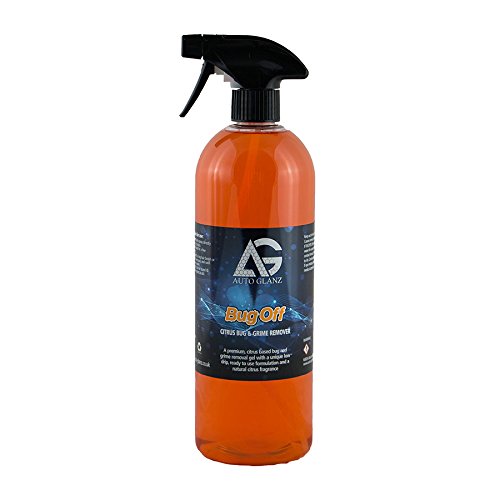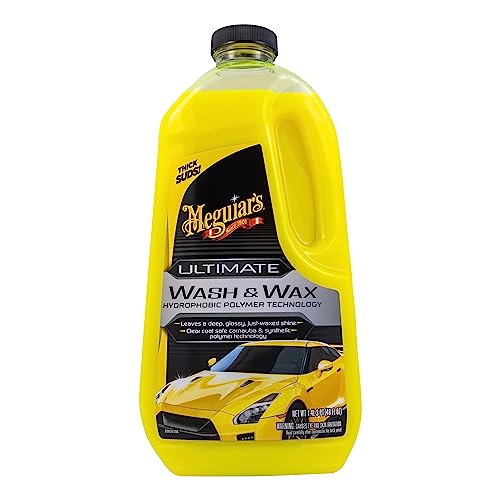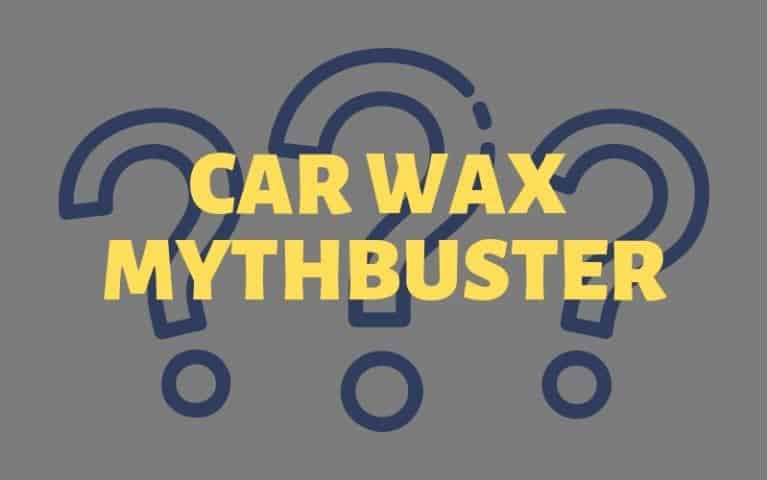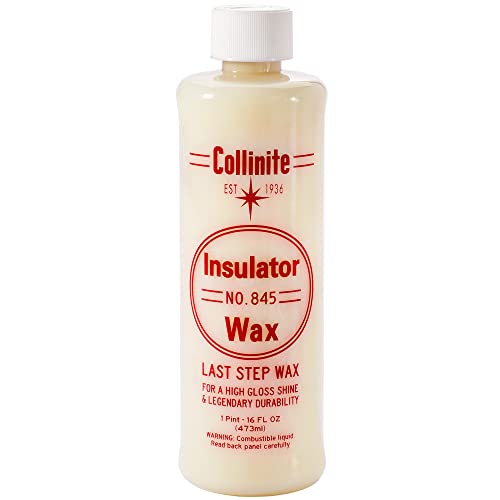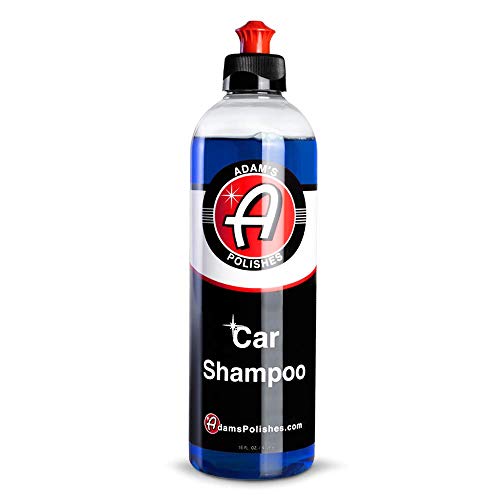How to Remove Flies and Bugs from Car Paintwork
It is hard to go for even a short drive in the summertime without the front bumper and windshield of your car getting coated in bugs. They are unsightly and can obstruct your vision if a build-up occurs on the windscreen. If left on the paintwork for too long, they can also begin to cause long term problems.
As the body of the insect decomposes it produces acid, which can cause damage to the paint. As well as this, what is left is the hard exoskeleton of the insect. Not taking care to remove this can result in scratching of the paint.
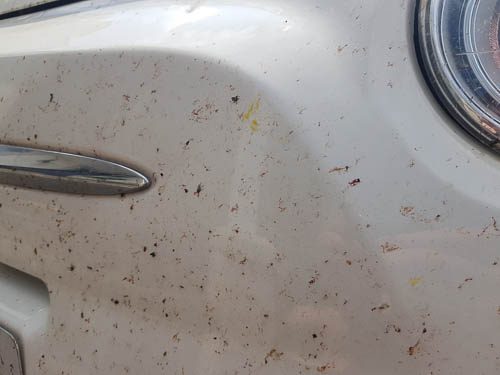
The most efficient way to remove bugs from the surface is to use a dedicated bug remover. My personal favourite is Autoglanz Bug-off, which comes in a sprayable gel format. The thick gel clings to the surface for longer, giving the active citrus cleaner longer time to work.
If you can’t get that Sea Foam BBG1 is also great.
- Advanced gel based formula for increased contact time
- Extreamly effective at removing bug splatter
- 100% wax & LSP safe formula, will not strip protection
- Specs: Bugs B Gone, Notes: Clean the toughest bugs and grime without the extra effort, Cleans grass stains from lawn and golf equipment, Fast,…
- Replaces OEM Numbers: Sea Foam: BBG1
- 1-year warranty protects you after your purchase. We’re confident that our products will work flawlessly once installed in your vehicle. But in a rare…
How to Remove Flies and Bugs from Car Paintwork
For the gel bug remover to work effectively, it is best to apply it to a dry surface.
Spray the product onto the contamination. Allow this to dwell for a few minutes. You will notice the bugs beginning to dissolve and run down the surface of the paint. If you have a soft detailing brush, you can also agitate the product for maximum cleaning effect. Then use a pressure washer to wash the remnants away.
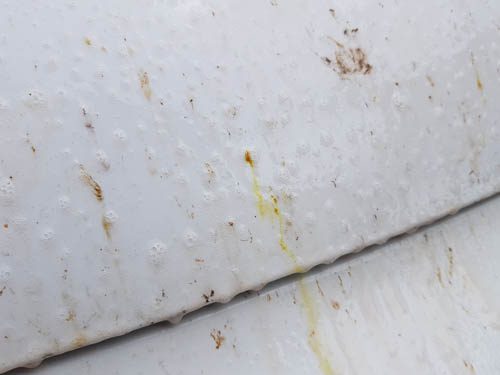
You might find that there is still some splatter left, so you can repeat the process as necessary. However, using a standard safe wash with a normal car shampoo will usually be enough to remove any leftover bugs.
After you have washed the bugs away, remember to wash out your wash mitt with running water to remove any bugs it has picked up.
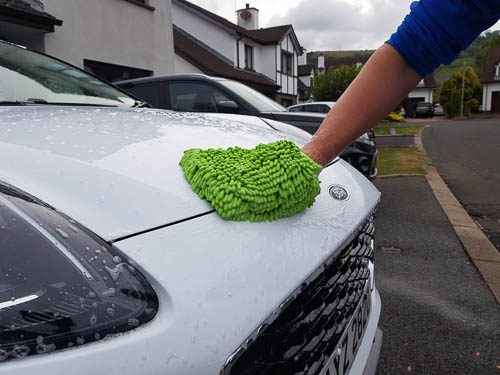
If you are doing a strip wash to remove any waxes or sealants at the same time, Meguiars’ Wash Plus is a powerful shampoo that will also make light work of the bug splatter.
Meguiar’s Ultimate wash and Wax is also great if you can’t get that.
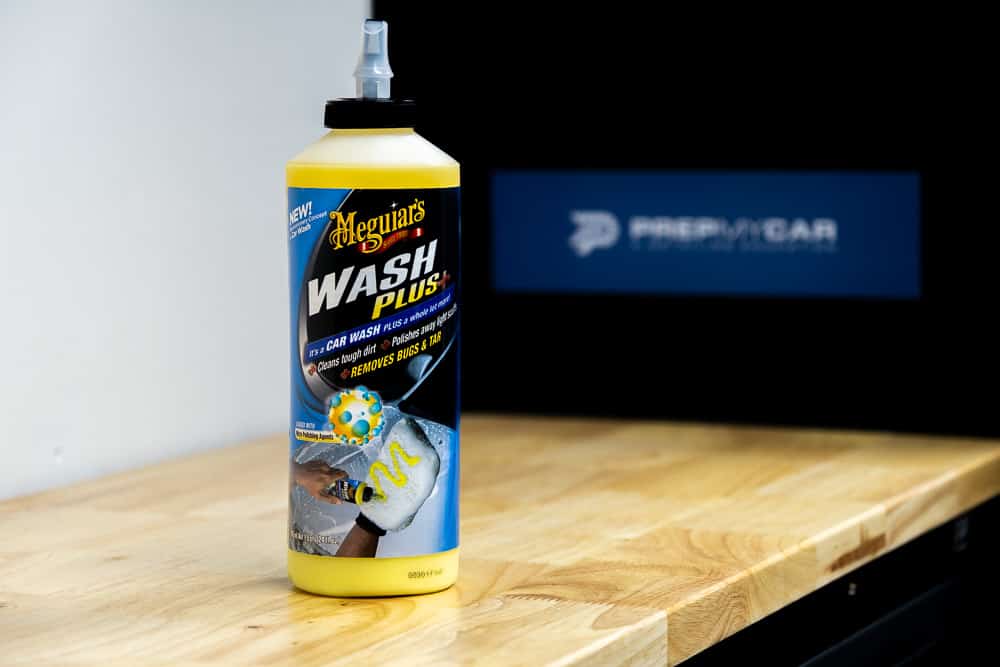
- It’s a car wash PLUS a whole lot more!
- Cleans tough dirt & grime
- Removes bugs & tar and removes light stains in your paint
- Clear coat safe Carnauba and synthetic polymer technology gently cleans the paint while leaving additional wax protection behind
- A car wash & wax that leaves a deep, gloss, just-waxed shine in one easy step
- The wash & wax incredible sudsing action lifts dirt and grime
With the car washed, proceed to dry using a microfibre drying towel.
In the unlikely event that any bug slatter remains after the thorough wash process, you can use a clay bar (How to use a clay bar) to remove any leftover contamination.
Spray some clay lubricant on the affected area and tear off a small piece of clay. Knead it flat and gently rub over the area using a hashtag motion. Frequently fold the clay in on itself to expose a fresh surface and discard the clay when no clean surfaces remain.
Rinse the clay residue away with a pressure washer and dry the car.
Refine and protect
To save you the time and effort of having to remove dead bugs every time you wash your car, adding some form of protection will make the bugs less likely to stick, and easier to remove any that do.
For best results polish the surface of your paint by either by hand or machine. Follow this up by applying a form of wax or sealant to your paint. This will provide a protective barrier between the surface of your car and the elements. Even if you cannot clean any bugs off straight away, the wax or sealant layer will act as a shield for the paint.
Nearly every wax will have some effect here, but for advice on what wax to choose, check out this helpful article on my best car waxes. Most waxes need to be reapplied every 3 months or so, but you can use Bug-off on a protected surface, as it is LSP (Last Stage Protection) safe.
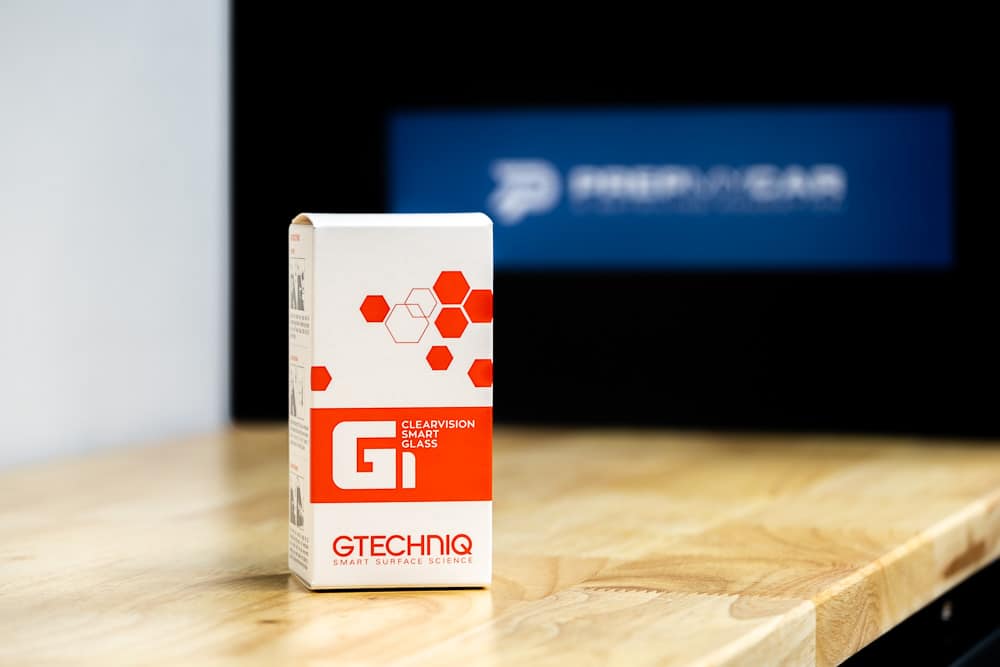
Windscreen coating is also available which will help retain clarity of vision when driving. Gtechniq G1 is an easy to apply glass ceramic coating that can last for up to two years.
First ensure the glass is clean, clay the glass and then clean using a glass cleaner, ideally one that is alcohol-based.
Next place a small drop of G1 to the supplied applicator and apply the product in small sections to ensure even coverage. After 15 minutes apply a second coating, then 15 minutes later a third. After this has cured, apply G2 residue remover to a clean applicator and remove any residue. Note that on hotter days, curing time may be less.
Clean your wiper blades using glass cleaner and a kitchen towel – it may take several passes to get them clean. Next, apply some G1 to the wiper blade but do not use residue remover.
Protect the vehicle from the elements for a few hours to let the product completely cure. Now you can enjoy enhanced glass clarity. Water will also sheet off the windscreen at higher speeds.
That pretty much sums up my guide on How to Remove Flies and Bugs from Car Paintwork. As you can see, preparation will make this process so much easier, so once you have this down, you should be good to go.
FAQ
How do you stop flies sticking to your paintwork?
By applying a wax or sealant, you give your paint a slicker surface which means that flies will be less likely to stick to the surface of your paint. By having a protective layer, you will also have an easier job cleaning the surface of the paint.
Will vinegar remove flies from my car?
Vinegar is not a good product to use on car paintwork due to its acidic nature. However, it is a brilliant glass cleaner and will make quick work of any bugs stuck to your windscreen.
Will WD-40 remove bugs from cars?
Yes, WD-40 will remove bugs from the surface of the car, and it is safe to use on paint, but might leave behind an oily residue which can be hard to shift.
Is rubbing alcohol safe for removing dead flies from my car?
Rubbing alcohol should not be used neat on a painted surface, as this can cause damage to the paintwork. It can be used when diluted with filtered water and can be used to remove polishing oils from the surface of your paint. It will clean away bugs from your paintwork but will not be able to provide as much lubrication as regular bug removers.
How do I remove bugs from my car windscreen?
You can use a regular bug remover on the glass which will dissolve fly remnants safely which can then be washed off. If you do not have a bug remover, you can use white vinegar on glass, but do not use this on paint.

